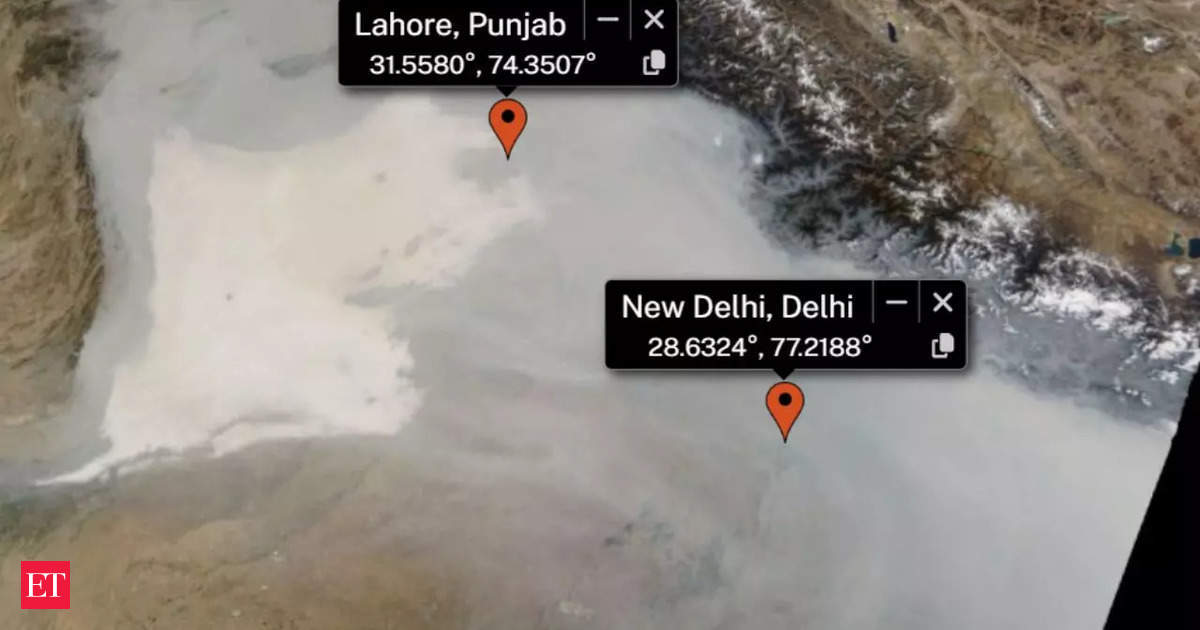_shift in Burning Timings: A Possible Strategy to Avoid Detection?_

In a recent analysis of satellite data, experts have hinted at the possibility that farmers in north-west India and Pakistan may be intentionally altering their paddy residue burning schedules to avoid detection by satellite monitoring systems.
The suggestion comes as satellite data reveals no significant reduction in aerosol levels, indicating that while fewer fires may be detected, the overall environmental impact remains high. Hiren Jethva, a senior research scientist at NASA, pointed out that farmers might be timing their fires to coincide with periods when satellites are not actively monitoring the region.
"Our observations suggest that fire activity appears to shift to late afternoon hours past the NASA-NOAA satellite overpass time," Jethva explained in an interview. This observation raised further suspicions about whether farmers were deliberately altering the timing of their stubble burning activities.
Government data collected by the Indian Agricultural Research Institute (IARI) and other agencies shows a significant decrease in stubble burning incidents in Punjab and Haryana. However, the concentration of aerosol particles, which contribute to air pollution, has remained largely unchanged over the past six to seven years in the region.
Experts have pointed out that relying on the number of reported fires as a measure of the problem may not be accurate. "A more accurate approach is to measure the total burnt area," proposed Chandra Bhushan, CEO of iFOREST.
While Punjab and Haryana saw reductions in stubble burning, other states like Uttar Pradesh, Rajasthan, Madhya Pradesh, and Delhi have seen a rise in farm fires compared to previous years. This indicates that while certain regions are improving, the problem persists in other areas.
Local officials have rejected the theory that farmers are deliberately changing their burning patterns to avoid detection. However, experts remain divided on the issue, with some scientists suggesting that the reduction in stubble burning is likely genuine and others pointing out inconsistencies in the data.
The debate over stubble burning in north-west India and Pakistan remains complex, with further investigation and improved data collection crucial for addressing the environmental impact of crop residue burning in the region.
